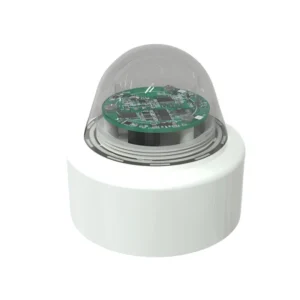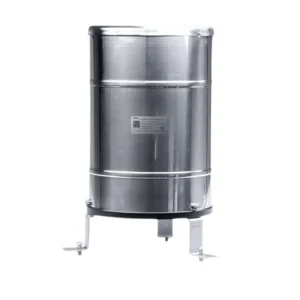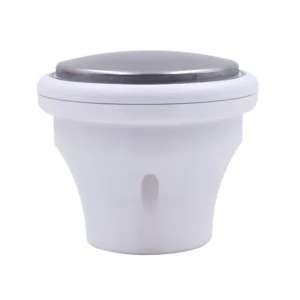Description
CDL-14B Float Level Sensor
Float level sensor are among the most prevalently used liquid level sensors in industrial applications. They function based on the buoyancy principle. The float, being less dense than the liquid being measured, remains buoyant on the liquid’s surface. As the liquid level fluctuates, the float moves up or down accordingly. This movement is then detected by a switch or sensor, which can be mechanical or electronic. For instance, in some designs, the float is connected to a magnetic switch. When the float reaches a certain position, the magnetic field activates the switch, sending an electrical signal.
Application
◉Used in storage tanks for chemicals, fuels, oils, and water to monitor liquid levels in real time, preventing overflows or shortages. For example, in pharmaceutical factories, they ensure precise measurement of raw materials in mixing tanks.Integrated into production lines to maintain optimal liquid levels in reactors, blending systems, or cooling systems. In food and beverage manufacturing, they help control the filling of liquids into bottles or cans with high accuracy.
◉Monitor levels in reservoirs, clarifiers, and storage tanks to manage water supply efficiently. They also detect low/high levels in sewage pumps to prevent blockages or dry running.Installed in basements or drainage systems to trigger pumps automatically when water levels rise, preventing flooding.
◉Measure levels of crude oil, gasoline, or other petroleum products in above-ground or underground tanks. Some explosion-proof models are designed for hazardous environments to ensure safety.Monitor hydraulic fluid levels in machinery like excavators or drilling equipment to prevent equipment failure due to low fluid.
◉Monitor water levels in irrigation tanks or ponds, enabling automatic water supply to crops.Used in tanks for milk, syrup, or sauces to ensure hygiene and precise quantity control. Stainless steel floats are often used to meet food-grade standards.
◉Monitor water levels in boilers to prevent dry firing or in cooling towers to maintain efficient heat exchange.Used in home water storage systems to alert users when water levels are low or full, supporting water conservation.
Sensor News
Pros And Cons Of Types Of Level Sensors : Ultrasonic, Capacitive
What Are Liquid Level Transmitters | CODA Sensors












